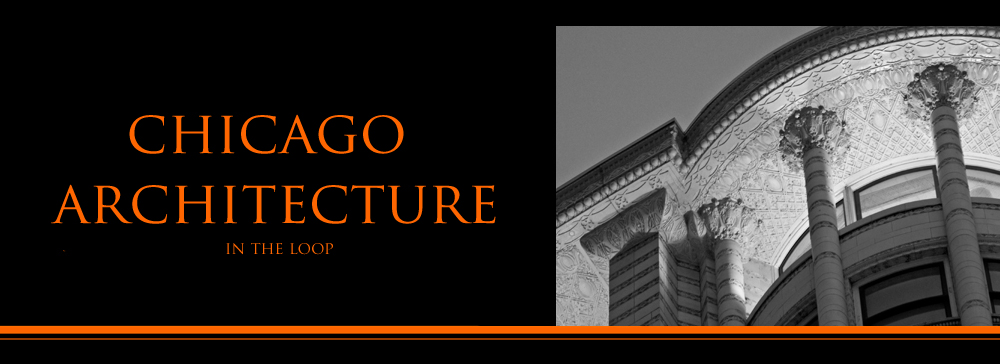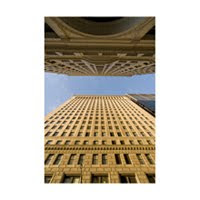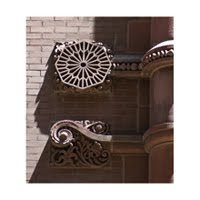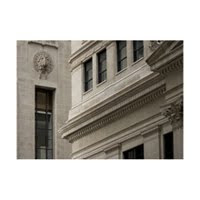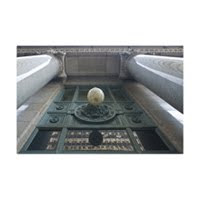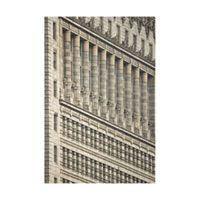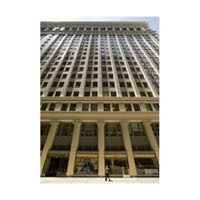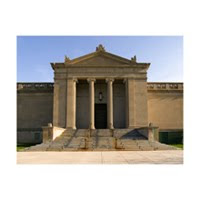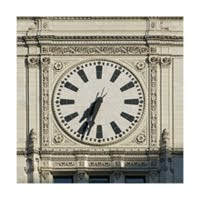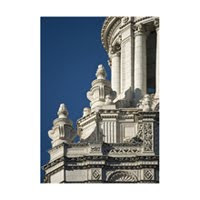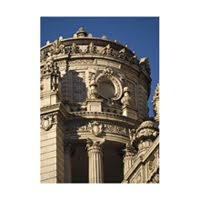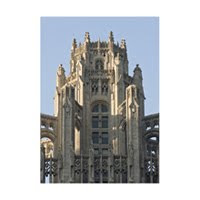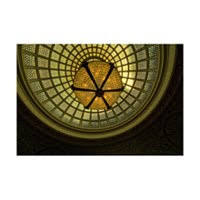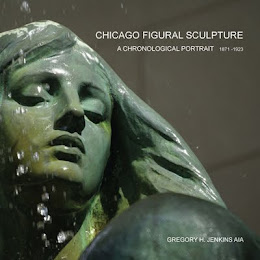CHARLES BOWLER ATWOOD, Daniel Burnham’s Senior Designer from 1891 until 1895 was born in Charlestown, Massachusets in 1849. He was educated at the Lawrence Scientific School of Harvard University and in the Offices of Ware and Van Brundt. He practiced architecture in Boston and later in New York, where he was credited, while associated with the Herter Brothers, much of detail work of the Vanderbilt Mansion.
Daniel Burnham brought Atwood to Chicago in 1891, to replace John Root as Design Constultant to the Columbian Exposition of 1893.
Atwood’s years in Chicago were productive and remarkable. In addition to the Columbian Exposition, where he designed the Fine Arts Building (now the Museum of Science and Industry), the Peristyle, and the railroad terminal, he contributed to the chicago skyline with marshall field & company, the reliance building and the fisher building.
His Obituary in the New York Times said “...those who knew Atwood merely as a loveable companion, who had the failings of a somewhat artistic and erratic temperment hardly realized that he devoted much time to the serious study of his profession.....”
Facile designer, classicist, sure-handed contributor to the Chicago School of Architecture, and still, a personal enigma, Charles Bowler Atwood’s presence in Chicago tells a shadowed story that begs photography
__________________________________
